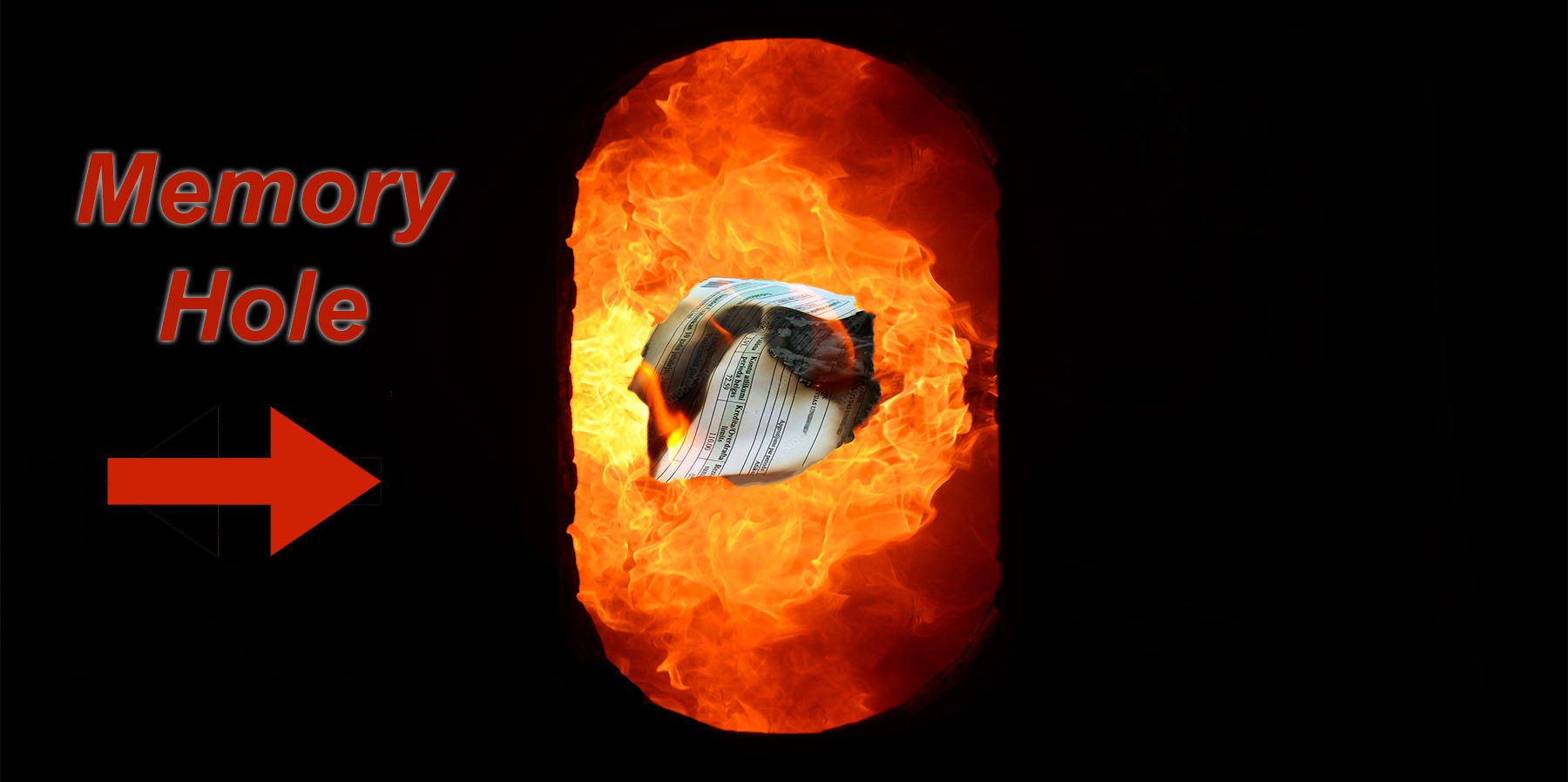Kerby Anderson
In our digital world, the major media organizations are allowed to shove inconvenient facts and headlines from the past down “the memory hole.” In the book, 1984, the “memory hole” was a small chute leading to an incinerator. Winston Smith, while working at the Ministry of Truth, was given the task of throwing documents into the “memory hole” in order to create a forgery of the past.
In a recent column, Michael Brendan Dougherty reflects on how easy that has become in our digital world. “With the Internet, there is no paper trail to burn. There is just code to update.” A good example can be found in the Washington Post headline that appeared in February of last year. It referred to Senator Tom Cotton’s “conspiracy theory that was already debunked.” Recently the headline was changed from debunked to disputed because the consensus has changed, and the original headline was sent down the media memory hole.
When I talked on radio about the way the media has given itself permission to change past inconvenient facts and headlines, I mentioned that we have always been told that the Internet is forever. We tell our children to be careful about what they post on Twitter, Facebook, Instagram, Snapchat and TikTok. Someday, it might come back to haunt you, since the Internet is forever.
One example is the story of Caleb Kennedy, a 16-year-old, who dropped out of “American Idol” because of a video from four years ago. He was seated next to a friend wearing a hood that some people thought looked like the Ku Klux Klan. He wasn’t dressed that way. His friend was dressed as one of the characters in “The Strangers: Prey at Night.” And let me remind you, this video was made when he was just 12 years old!
Unlike the Washington Post, Caleb didn’t get to send that video down the memory hole. That seems incredibly unfair.
 Listen Online
Listen Online Watch Online
Watch Online Find a Station in Your Area
Find a Station in Your Area








 Listen Now
Listen Now Watch Online
Watch Online
